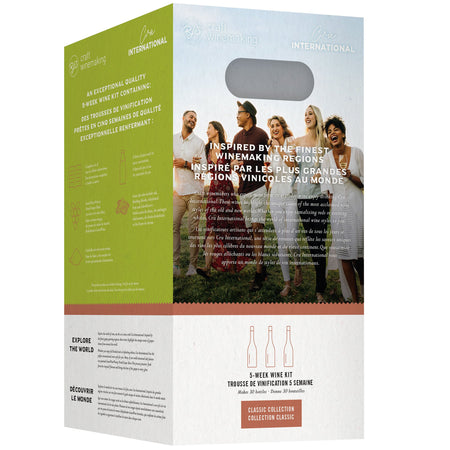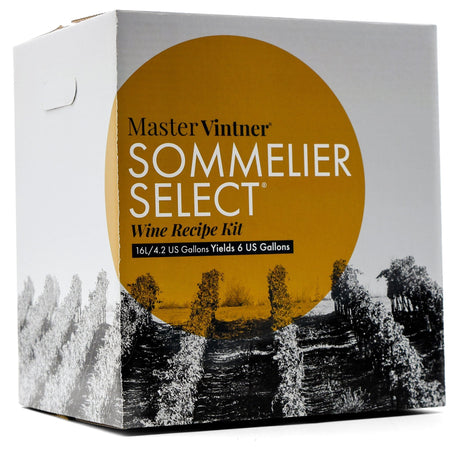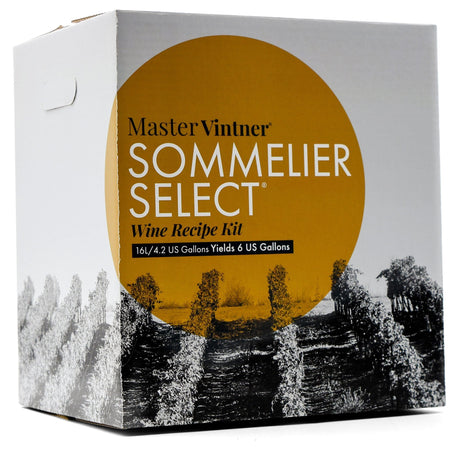Beer may be the guest of honor for Germans during Oktoberfest, but wine has been there since the beginning. So, don your lederhosen and learn a little more about German wines.
Gewürztraminer:
Literally translated, Gewürztraminer means “spiced Traminer” or "perfumed Traminer" identifying its lineage in the Traminer grape family. Originating in Alsace along the German/French border, Gewürztraminer is one of four “noble” grape varieties grown in Alsace along with Riesling, Pinot Gris, and Muscat.
Riesling:
With a market share of around 40%, Riesling is the most well-known German wine. A massive planting of Riesling grapes at Schloss Johannisberg in 1720 contributed to Germany becoming the Riesling capital of the world. Thanks to German immigrants, Riesling is planted in many countries around the world.
Spätburgunder:
Germany is the third-largest Pinot Noir wine producer, trailing only the United States and France. Germans call the grape Spätburgunder, which means late-ripening (spät) Pinot (Burgunder).
Müller-Thurgau:
A white wine grape created by Professor Müller of Thurgau in 1882 by crossing Riesling with Madeleine Royale, a table grape. It played a significant role in rebuilding Germany’s wine industry after World War II.
Liebfraumilch:
Liebfraumilch is not a grape variety, but rather a style of semi-sweet white wine that is produced in Germany. The name Liebraumilch means “Beloved lady’s milk”, in reference to the Virgin Mary. The grapes used must be at least 70% Riesling, Silvaner or Müller-Thurgau.


























